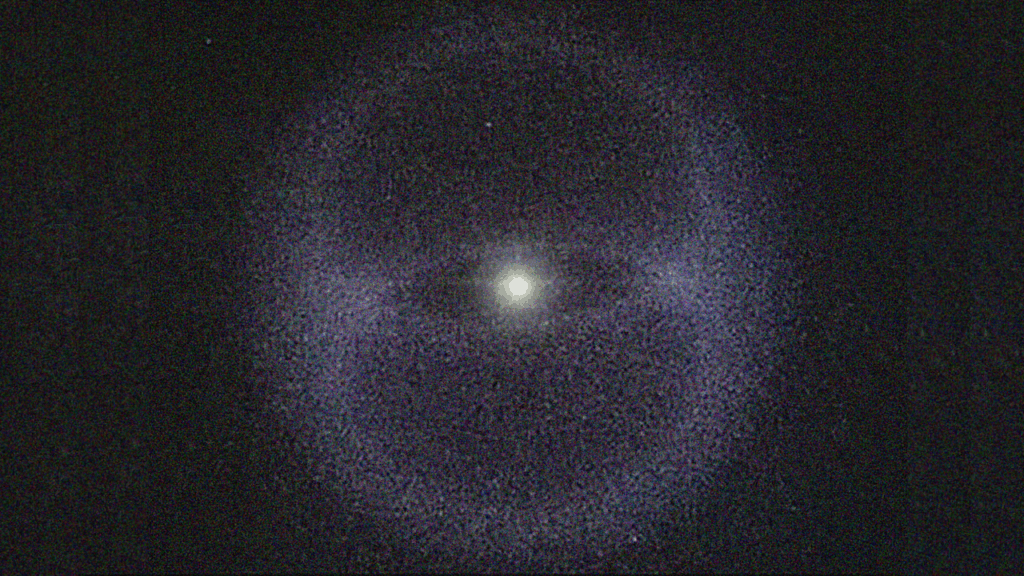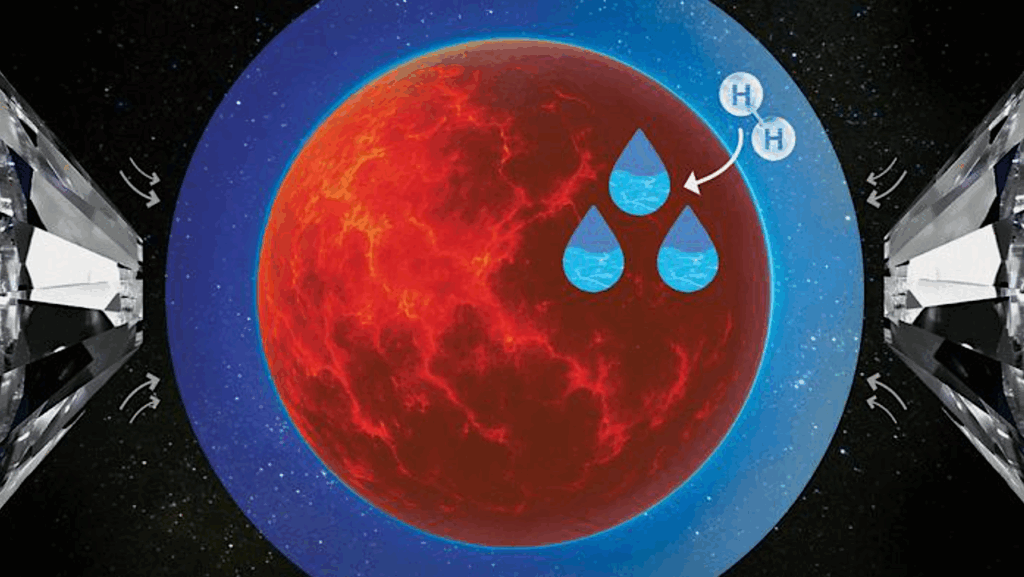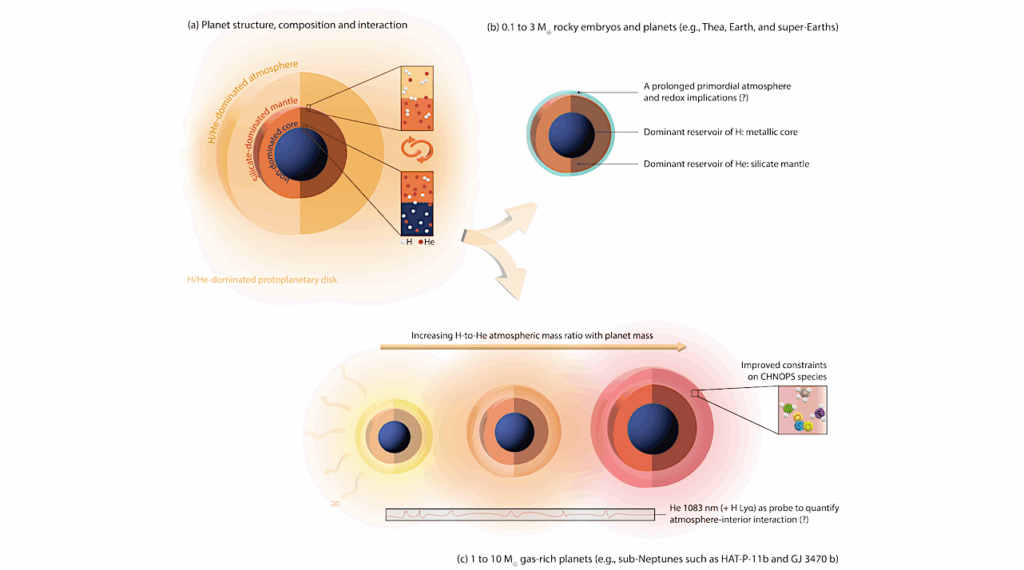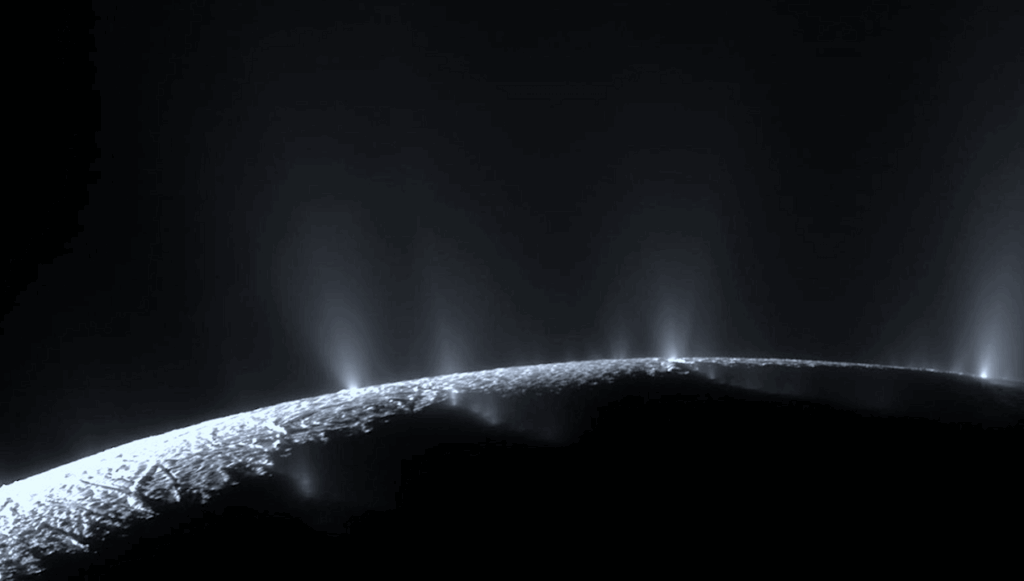Detection of Complex Organic Molecules in Young Starless Core L1521E

Determining the level of chemical complexity within dense starless and gravitationally bound prestellar cores is crucial for constructing chemical models, which subsequently constrain the initial chemical conditions of star formation.
We have searched for complex organic molecules (COMs) in the young starless core L1521E, and report the first clear detection of dimethyl ether (CH3OCH3), methyl formate (HCOOCH3), and vinyl cyanide (CH2CHCN). Eight transitions of acetaldehyde (CH3CHO) were also detected, five of which (A states) were used to determine an excitation temperature to then calculate column densities for the other oxygen-bearing COMs. If source size was not taken into account (i.e., if filling fraction was assumed to be one), column density was underestimated, and thus we stress the need for higher resolution mapping data. We calculated L1521E COM abundances and compared them to other stages of low-mass star formation, also finding similarities to other starless/prestellar cores, suggesting related chemical evolution.
The scenario that assumes formation of COMs in gas-phase reactions between precursors formed on grains and then ejected to the cold gas via reactive desorption was tested and was unable to reproduce observed COM abundances, with the exception of CH3CHO. These results suggest that COMs observed in cold gas are formed not by gas-phase reactions alone, but also through surface reactions on interstellar grains. Our observations present a new, unique challenge for existing theoretical astrochemical models.
Samantha Scibelli, Yancy Shirley, Anton Vasyunin, Ralf Launhardt
Comments: Accepted for Publication in MNRAS
Subjects: Astrophysics of Galaxies (astro-ph.GA); Earth and Planetary Astrophysics (astro-ph.EP)
Cite as: arXiv:2104.07683 [astro-ph.GA] (or arXiv:2104.07683v1 [astro-ph.GA] for this version)
Submission history
From: Samantha Scibelli
[v1] Thu, 15 Apr 2021 18:00:05 UTC (985 KB)
https://arxiv.org/abs/2104.07683
Astrobiology, Astrochemistry,








